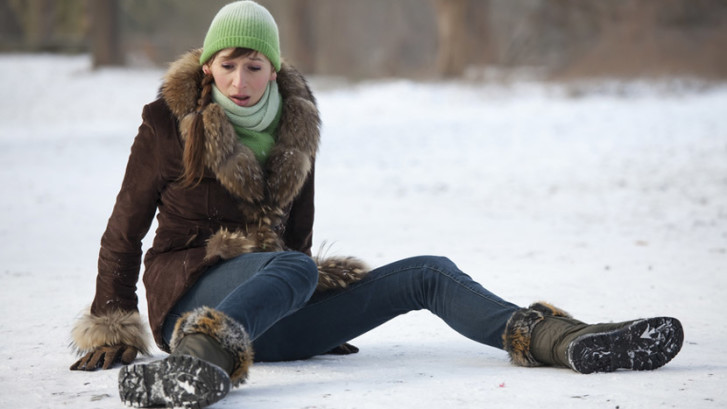A Fall can lead to serious injury and even hospitalization or institutionalization. There are things we can do at home and otherwise to reduce our risk of falling!
Common Causes of Falls
- Slippery floors
- Cluttered space and pathways in the home
- Loose rugs
- Transition strips of the change in height between different types of flooring
- Low or inadequate lighting
- Medications that alter your level of alertness or balance
- Poor vision
- Balance deficits
- Lack of strength
TIPS
Inside
- Keep a nightlight on at night or have a lamp right at bedside for when you have to get out of bed during the night
- Install handrails on both sides of your stairs
- Remove or tack down any loose rugs
- Keep the floor clear of clutter, particularly frequently used pathways such as living room to kitchen or bedroom to bathroom
- Use a non slip mat when showering or bathing
- Install grab bars in your shower and bathroom
- If fatigue and balance are issues, use a bath bench in the shower
Outside
- Keep outside entrances clear of snow and ice
- Paint stairs in a non-slip paint
- Make sure all exterior entrances are well lit
Also
- If fatigue, strength or balance are an issue, talk to your physiotherapist about whether you need a gait aide ( a walker or cane)
- Wear non slip shoes that tie or Velcro securely on your foot. Slippers that fit on the entire foot like a shoe, with a rubber sole are best for indoors
- Exercise regularly to maintain your strength, balance and conditioning. Your Physiotherapist can design a program for your specific needs.
- Have your doctor or pharmacist review your medications to see if any of them may be contributing to dizziness or balance changes.
- Have you hearing and sight tested regularly and follow the recommendations given to you. Uncorrected vision and hearing can contribute to balance issues as well as increase your risk of falling.


